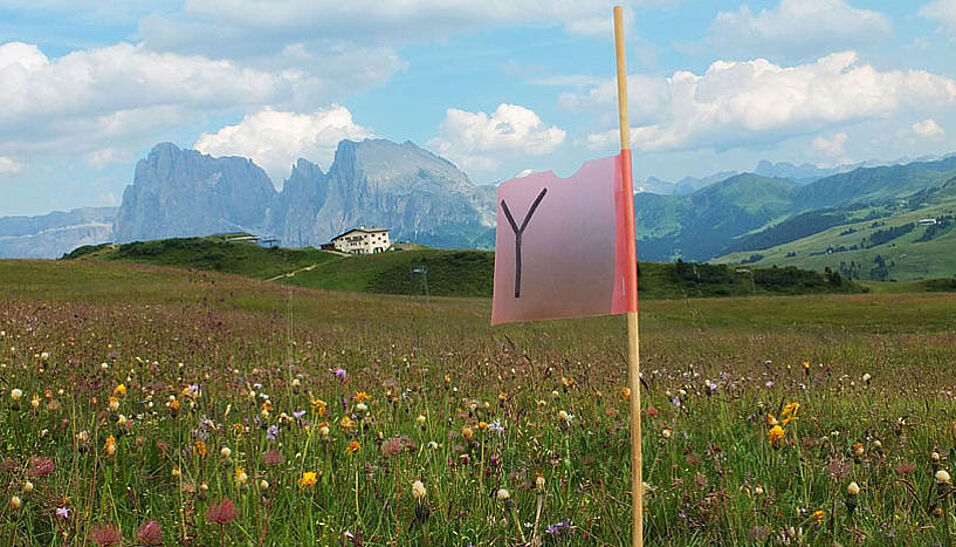However, convincing evidence of true over-dominance to maintain polymorphism in a natural population has not yet been found. On the South Tyrolean Alpe di Siusi, botanists have come across the extraordinary occurrence of an orchid species. The Alpine orchid Gymnadenia rhellicani is widespread here - but the actually dark, fragrant morphs can be seen on the Alpe di Siusi in three different color variants. Only 62 percent of the plants have the almost black wild type, 28 percent are red and 10 percent white.The color polymorphism of Gymnadenia rhellicani has existed for at least 100 years. According to records, from 1997 to 2016, the proportion of red and white specimens together rose from less than 5 percent to around 40 percent - an indication that the new variants, and especially the red variant, are superior to black ones. The researchers see the reason in the pollinators of the plant: On the Alpe di Siusi, bees and flies are the most important pollinators of the Gymnadenia rhellicani. However, the two are attracted to different colors: bees prefer the dark flowers, flies the white, and the red are visited by both pollinators. With the result that the red color variant carries the highest number of seeds and thereby increases the most. [read more]
Roman T. Kellenberger, Kelsey J.R.P. Byers, Rita M. De Brito Francisco, Yannick M. Staedler, Amy M. LaFountain, Jürg Schönenberger, Florian P. Schiestl, Philipp M. Schlüter (2019): Emergence of a floral colour polymorphism by pollinator-mediated overdominance. Nature Communications doi.org/10.1038/s41467-018-07936-x

